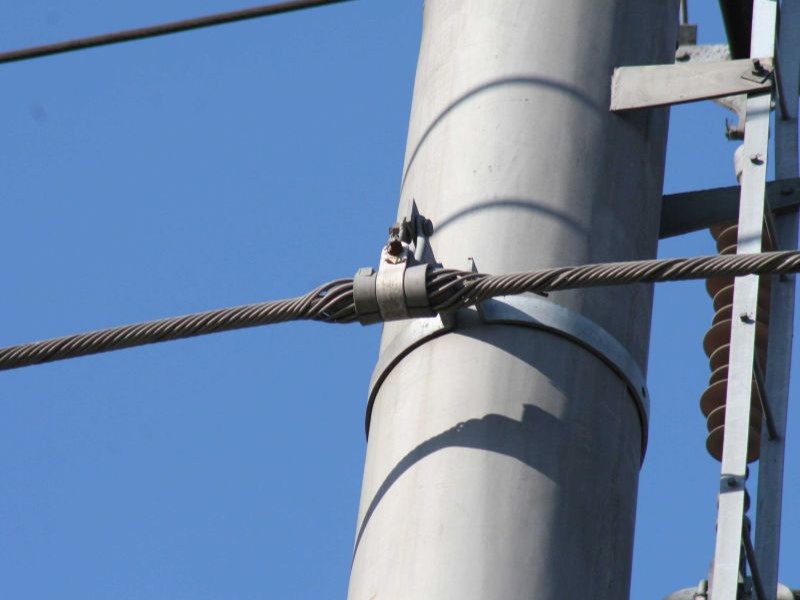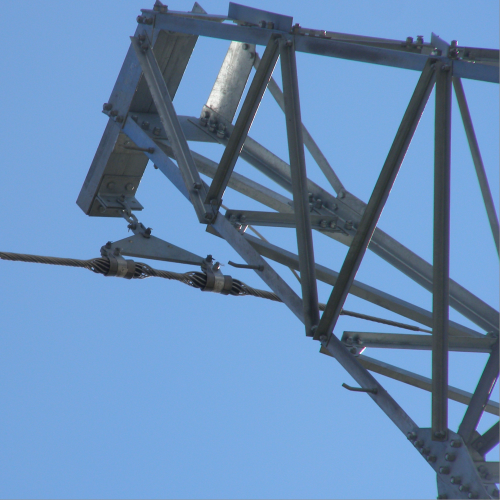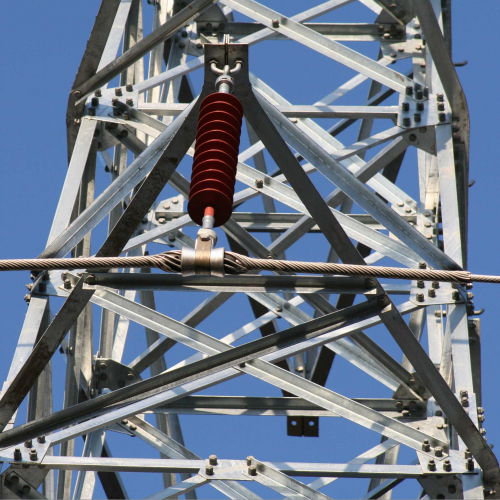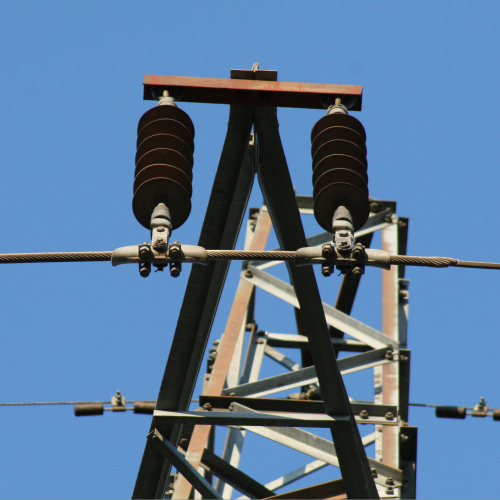In optical fiber communication networks, ADSS optical cables have become an important transmission carrier across complex terrains through the advantages of metal-free conductors, lightning resistance, and light weight. As a component of fixing the ADSS optical cable, the performance of the suspension fixture is very important for the stability and safety of the optical cable operation. However, in actual use, problems such as irregular installation and insufficient material adaptability often arise. These problems will not only affect the quality of communication, but may also cause serious accidents such as broken optical cables. Therefore, this article will explain in detail the causes of common problems when using suspension clamp for ADSS fiber optic cables.
Irregular operation of the installation link is an important factor in the failure of suspension clamp for ADSS fiber optic cables. Among them, the deviation of the installation position and improper fastening force are the most common. According to industry specifications, the spacing of ADSS optical cable suspension points needs to be calculated based on the weight of the optical cable, the length of the span and the environmental load. Usually, the spacing in plain areas is controlled at 50-80 meters, and the complex terrain in mountainous areas is shortened to 30-50 meters. However, in actual construction, some projects arbitrarily increased the spacing in order to keep up with the progress, or did not install the tower nodes marked in the design drawings, resulting in the formation of excessive arcs at the fixture of the optical cable. This kind of installation deviation will concentrate the force of the optical cable on a few fixtures. After long-term operation, it is easy to cause the optical cable sheath to wear out and the core to bend slightly. In severe cases, it will also cause the transmission attenuation to increase.
Improper tightening force control is another common installation problem of suspension clamp for ADSS fiber optic cables. The outer sheath of the ADSS optical cable is made of high-density polyethylene or low-smoke halogen-free material. Excessive fastening will cause the sheath to be squeezed and deformed, destroying the internal structure of the optical cable, and insufficient fastening will not provide sufficient grip, and the optical cable will be prone to sliding friction under the action of wind.

Insufficient material and environmental adaptability is an important reason for the failure of suspension clamp for ADSS fiber optic cables, which is specifically reflected in the insufficient weather resistance of the material and the deviation of specification matching. The operating environment of ADSS optical cables is complex and diverse, including high-temperature deserts, coastal salt spray areas, high-altitude areas with strong ultraviolet rays and industrial pollution areas, and strict requirements for fixture materials. At present, some low-cost fixtures on the market are made of ordinary carbon steel and have not undergone special anti-corrosion treatment. In an environment with a humidity of more than 85%, corrosion will occur in about 6 months. However, if plastic parts are produced from recycled materials, they are prone to aging and cracking under ultraviolet light.
Suspension clamp for ADSS fiber optic cables, as a small component in a communication network, has an important role in ensuring smooth communication. At present, optical fiber networks are gradually extending to remote areas, the complexity of the environment continues to increase, and the performance requirements for suspension clamp for ADSS fiber optic cables are also more stringent. However, as long as the installation process is standardized, the material selection is optimized, and the maintenance system is established, the current common problems can be effectively solved and the ADSS optical cable can be provided with long-term reliable support.




